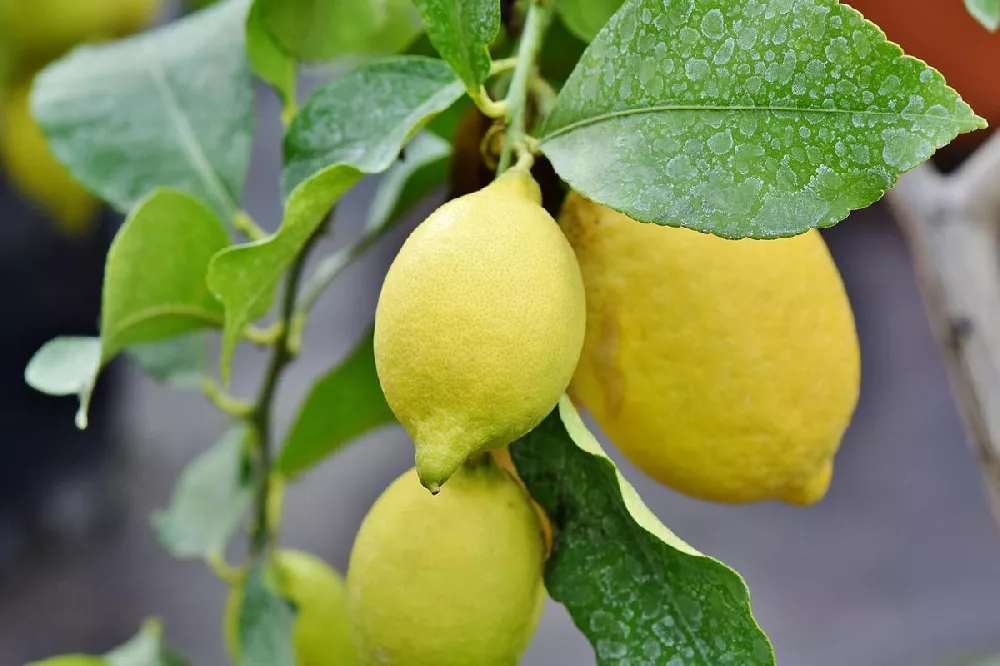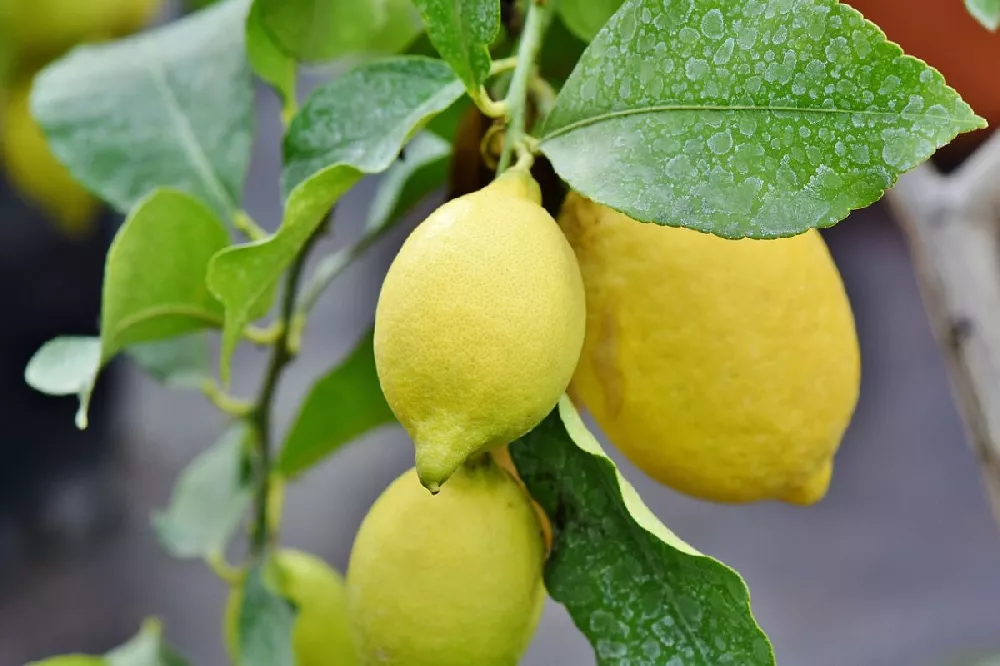- Home >
- Edible Plants >
- Washington Navel Orange Trees
Washington Navel Orange Trees for Sale - Buying & Growing Guide
- Ships in 1-2 days
- 1-Year Warranty Eligible
- Pots or accessories are not included unless specified in the product options.
Shipping Details:
Products shipped through FastGrowingTrees.com. Once your order is shipped, you’ll receive an email with a tracking number and estimated delivery date. Most orders will ship immediately.
The Washington navel orange, or Citrus sinensis 'Washington,' is one of the most popular and widely planted navel orange trees in existence for several good reasons. Most notably, this moderately sized plant produces a large set of seedless fruits that are easy to peel and enjoy. Those fruits ripen late in the year and store quite well once you harvest them. While this plant loves warm weather, it is also small enough to live in a container, giving those in cooler areas the chance to overwinter this plant.
- It develops delicious seedless fruits.
- Fruits store well and are easy to peel.
- It adapts well to containers, allowing for overwintering.
Plant Care
Sunlight

The Washington neval orange tree tequires a lot of sunlight—eight hours per day or more.
Watering
Provide water when the first 2 inches of soil have become dry.
Fertilizing

Fertilize about three times during the growing season with a nitrogen-rich fertilizer.
Planting and Care
Planting instructions
The more sunlight that your growing location receives, the better. The Washington navel orange will need at least eight hours of direct light to produce its fruit. You can grow this plant in the ground if you live in hardiness zones 8 through 10. In those regions, you should plant this tree in a hole that is as deep as the root ball and at least twice as wide. If you live where the weather is a bit cooler, you can plant this tree in a container and bring it indoors when the temperature drops.
Watering and nutrients
You should water your Washington navel orange tree whenever you notice that the first 2 inches of soil have become dry. Typically, this amounts to about 1 to 2 inches of water per week. You should also fertilize this plant about three times each year during the growing season. The fertilizer you use should be relatively high in nitrogen. Start feeding this plant in late winter, and repeat the feeding once in spring and once during summer.
Pollination
While the Washington navel orange does produce a set of white blooms each year, those flowers do not play a functional role in fruit development. Instead, the Washington navel orange is one of a few fruit trees that produce fruits without the need for pollination. This form of asexual fruit production gives rise to one of the most popular traits of this tree’s fruit, its lack of seeds. As such, you won’t need to worry about pollination for this plant, whether you grow it indoors or outside.
Pruning
The ideal time to prune a Washington navel orange tree is during the late winter or early spring, before the blooms arrive. With that said, this tree can respond well to pruning that occurs at nearly any time of year. When pruning, your top goal should be to remove any branch that is dead, damaged, or diseased. You should also prune this fruit tree to have a strong structure that is capable of holding heavy fruits. Typically, this means encouraging horizontal branches rather than those that grow at a narrow angle to the trunk.
Pest, diseases, and animals
One unfortunate reality of growing a Washington navel orange tree, or nearly any other navel orange tree, is that you’ll need to remain vigilant regarding pests and diseases. Insects can be quite prevalent and may carry diseases as well. Citrus cutworms, mealybugs, and the Asian citrus psyllid are some of the most common insects to harm this plant. Along with those threats, a Washington navel orange tree can also contract diseases, including citrus stubborn disease, citrus blast, and brown rot.
Harvesting
The fruits of a Washington navel orange tree ripen late in the year. Typically, harvest time will fall between the months of November and January. When these fruits are ready for picking, they will be quite easy to remove from the tree by hand. After removing one navel orange from your Washington navel orange tree, you should taste it. If it tastes good, you can continue harvesting the rest of the ripe fruits on your tree. If it does not taste good, you should wait a bit longer to harvest your fruits.
Achieving maximum results
One of the most important considerations to keep in mind when caring for this plant is that it is prone to rot when its growing conditions become too moist. As such, you should never plant this tree in poorly draining soils or an area that becomes waterlogged. Likewise, you should be careful about how you water this plant. Specifically, you should try not to get the trunk wet, as doing so can result in several fungal diseases, including rot.
FAQs
Is the Washington navel orange a dwarf plant?
There are two versions of the Washington navel orange tree, one of which is a dwarf variety, while the other grows as a full-sized tree. The dwarf variety of the Washington navel orange tree goes by the botanical name Citrus sinensis 'Dwarf Washington Navel,' and grows to be about 6 to 10 feet tall. The non-dwarf variety is called Citrus sinensis 'Washington' and can reach about 25 feet tall when it receives the proper care and growing conditions.
When will my Washington navel orange produce fruits?
The Washington navel orange tree must mature for about three to five years before it is old enough to produce fruits. Once it reaches a fruiting age, you can expect this tree to continue producing a relatively large harvest each year during fall and winter. If your Washington navel orange tree is 5 years old or older and it does not produce fruits, that is likely the result of poor care, a lack of sunlight, or improper watering.
Why is the Washington navel orange so popular?
There are several reasons why the Washington navel orange is one of the most popular citrus fruits in the world. Most of those reasons relate to the quality of this plant's fruits. The fruits of a Washington navel orange are not only tasty, but they are also seedless and very easy to peel. Since these fruits last for a while in storage, you will have the chance to enjoy them throughout the entire winter season.
Compare Similar Products
You can't add more Product Name - Product size to the cart.
OK








